SILO 3.2 (DRAFT)Year 3, Term 2: SatellitesFocus: Gravity Scope and sequence: Forces, Friction, Gravity, Heliocentric model |
|
Learning
intention: Students
explore night and day and seasonal changes in relation to
orbiting bodies
|
|
|
Overview: The Earth is a
satellite which rotates on its own axis each day while revolving
around the Sun each year. Students will come to see how
this rotation causes us to experience night and day. The
angle of the Earth's rotation combined with its revolution
around the Sun is why we experience different seasons throughout
the year. This unit also looks at mechanical satellites
which are used for global communications.
|
|
|
NSW Syllabus
|
Australian Curriculum (version
9.0)
|
|
"A student describes how contact
and non-contact forces affect an object’s motion." (ST2-9PW-ST)
"A student investigates regular
changes caused by interactions between the Earth and the Sun,
and changes to the Earth’s surface." (ST2-10ES-S)
|
"Students learn to describe the
movement of Earth and other planets relative to the sun and
model how Earth’s tilt, rotation on its axis and revolution
around the sun relate to cyclic observable phenomena, including
variable day and night length." (AC9S6U02)
|
Introduction to satellites
This unit is part of the Machines theme which also includes SILO 4.1 'Simple machines' and SILO 4.2 'Transportation'. A machine is a device that uses power to apply forces and control movement to perform a task. Machines usually involve a system of moving parts designed to make a task easier or to automate a process. Machines can be simple like a lever, or complex like a car.
Communications satellites are also machines but a 'satellite' is an object which orbits around another object. Satellites can be naturally occurring, such as moons and planets, or made by humans such as communication satellites. An 'orbit' is a curved path that an object follows around another object due to gravity. An orbit is a revolution around another object as distinct from rotation which involves spinning around its own axis. The following video (1:50) explains all of this in relation to night and day.
Communication satellites
This animation (0:56) was made by a student in Year 6 and
it introduces some of the basics about how communication satellites
work.
Contact and non-contact forces
Gravity and air resistance can be taught together as air resistance affects the rate of falling bodies. Air resistance is a type of friction.
'Twirly whirlies' provide a suitable experiment as they are readily available and can be easily modified to promote experimentation. An A4 printable template is available here which will give you six per page. It is recommended that each student receives three each to encourage experimentation.
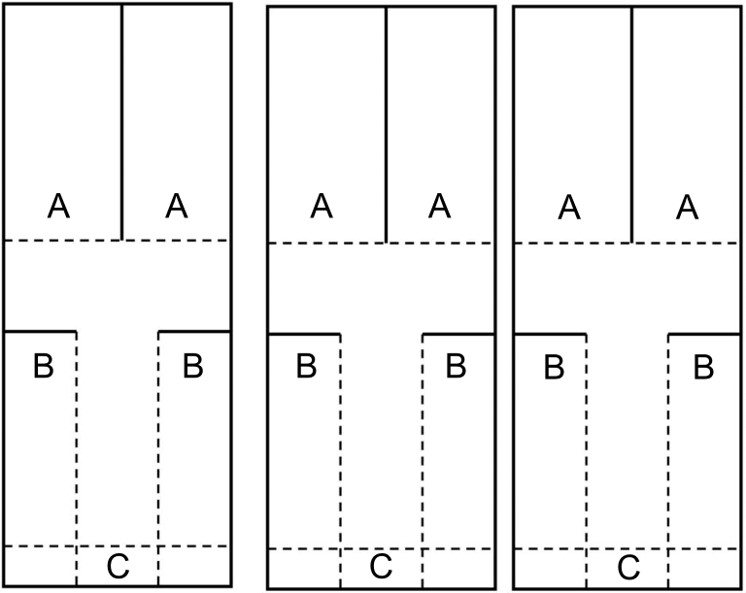
(Image source: https://au.pinterest.com/pin/503629170801754769/ CC BY 2.0)
This template has three twirly whirlies. Children cut along the solid lines and fold along the dotted lines. Give each child three twirly whirlies and ask them to modify each and then make predictions about how they will fall. For example, attach a big paperclip to Part C for one and a smaller paper to Part C for another.
Friction
The following video (4:15) describes a world without friction.
Gravity
This video (0:47) shows an experiment conducted on the
Moon during the Apollo 15 voyage in 1971.
 |
Why does the anti-gravity creature travel up the string instead of down? |
The 'anti-gravity creature' appears to defy gravity by
climbing up the string rather than sliding down. Build your own
'anti-gravity creature' such as the example shown below.This activity
works well with students of all ages.


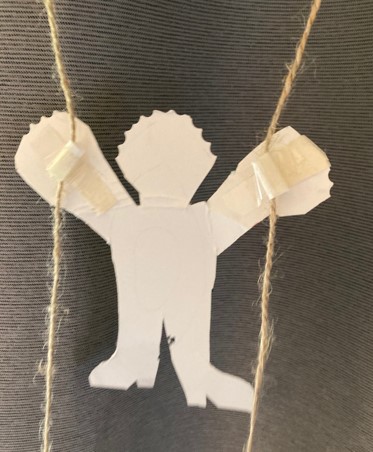
- Cardboard
- String (must be rough such as common brown string)
- Straws (McDonalds thick shake straws work well as they have a wider diameter)
- Weights (marbles work well)
- Tape (masking tape or magic tape are best because they can be torn easily which can save time)
- Icy pole sticks
- Scissors
Procedure:
- Draw a creature with two raised arms, one in each corner. Ensure that generous proportions are used as the creature needs to have a strong frame.
- Cut two pieces of straw which are wider than the tape so that no tape protrudes over the ends of the straws.
- Attach the straws to the back of the cardboard at 45 degree angles as shown in the diagram above.
- Cut out your creature using scissors.
- Tape the string to the icy pole stick. It is recommended to use three pieces of tape, one in the middle and one on each side of the stick.
- Thread the string through the straws.
- Attach marbles to each end of the string.
- Tape can be put over the straws before cutting each straw piece to ensure that they are wide enough.
- Young children might require assistance attaching their straws correctly. This is the most critical part as the angle is very important.
- Masking tape is useful as the straws can be easily removed, readjusted and reattached if necessary, even after the string has been threaded.
- There are no special knots or tricks required to attach the string to the marbles. Just touch each end of the string to a marble and wrap tape around it.
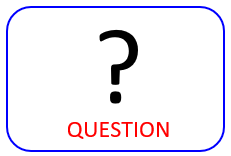 |
What
happens if you remove the marbles by cutting them off?
|
 |
Why doesn't gravity cause the Moon to collide with the Earth? |
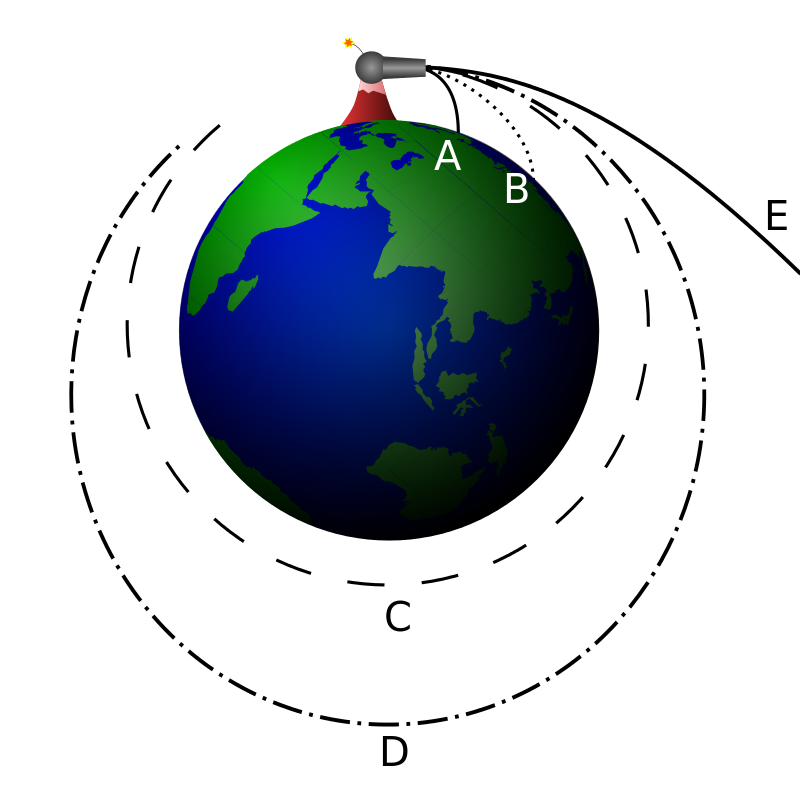
Balanced and unbalanced forces
The following video (2:45) explains how forces are considered to be balanced if an objects remains at rest or at a constant velocity. This is in contrast to unbalanced forces which result in an object changing its velocity (i.e., speed or direction).
Frame of reference
Direction is relative as shown in this video (0:47)
where clockwise and anti-clockwise depend on your frame of reference.
The Heliocentric model
The Heliocentric model is that Earth revolves around the Sun. This was a very big idea during the Renaissance (15th and 16th centuries) and in the subsequent Scientific revolution. However, the following video (2:16) featuring Eratosthenes (276 BCE – 194 BCE) shows how the Heliocentric model was discussed much earlier. It is nothing short of remarkable that Eratosthenes was able to measure the circumference of the Earth by applying his geometrical knowledge to astronomy.
Time zones
Because the Earth is spinning on its own axis, the Sun will shine on different parts of the world at different times during a 24 hour period. Accordingly, we use time zones based on the historical convention of calibrating these time zones in reference to Greenwich, England. The following image shows how various places are related to Greenwich Mean Time.
Sundials
In the animated GIF below you can see that the movement in in a clockwise direction.
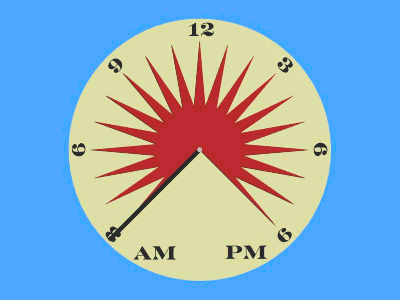
(Image source: Willow W CC
BY 3.0, https://commons.wikimedia.org/w/index.php?curid=3397590)
The following photo has the numbers going
anticlockwise. Look carefully for other details in the photo to
explain why this might be the case. (Hint: Think in terms of
geography.)
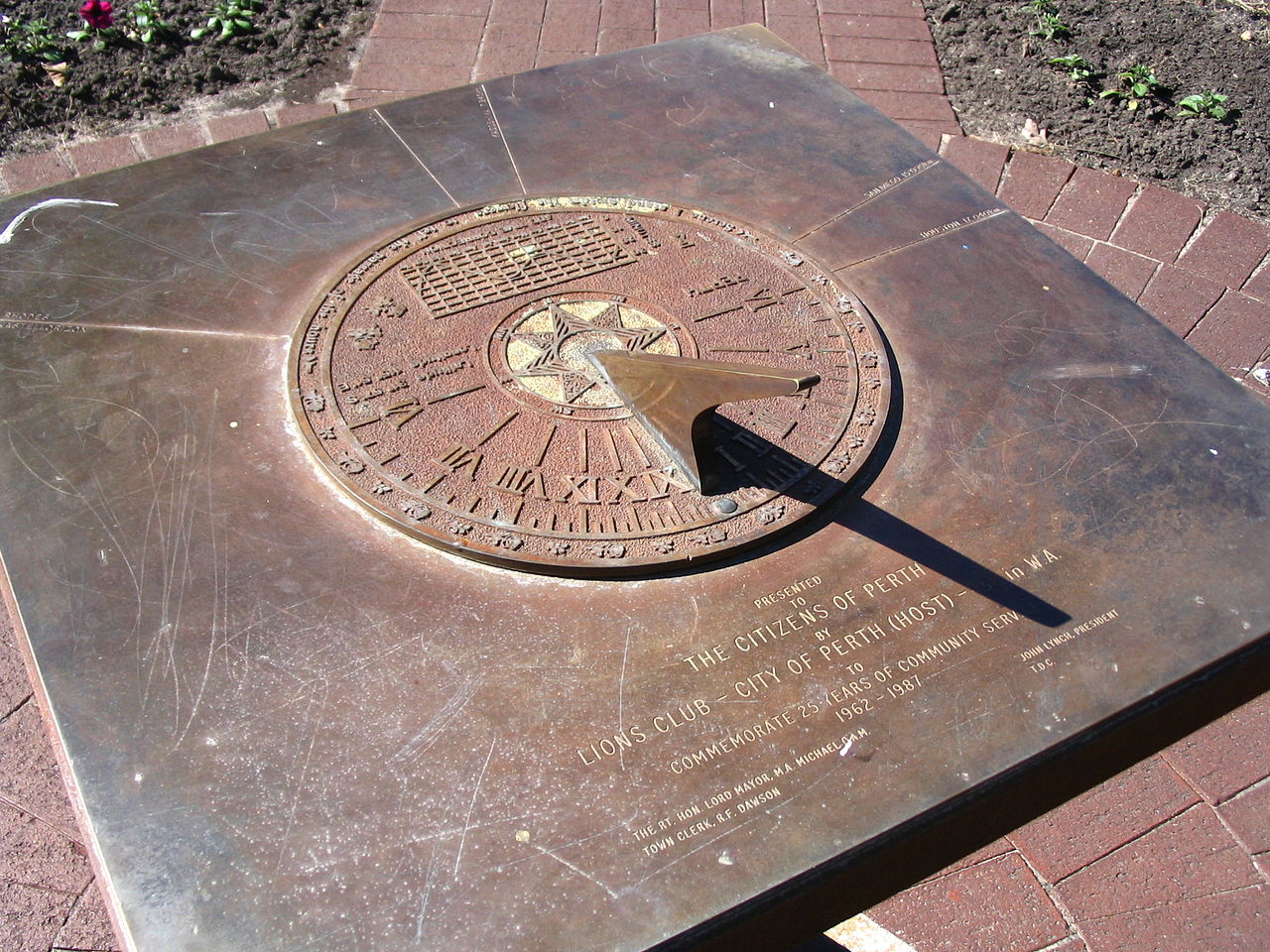
The Coriolis effect
The Coriolis effect describes the pattern of deflection taken by objects not firmly connected to the ground as they travel long distances. This explains why tornadoes spin in different directions in the Northern and Southern Hemispheres as the Earth is moving much faster at the equator than at the poles.

The following video (1:20) involves placing a glue stick on a spinning 'Lazy Susan' to demonstrate the Coriolis effect.
Seasons
Life is different at the poles

(Jacobs & Robin, 2016, p. 273)
Rocket science
Rocket science can refer to the engineering behind the construction of rockets or the chemical processes involved in rocket propulsion. We will look briefly at both in this section starting with rocket fuel which often consists of mixing liquid hydrogen with liquid oxygen.
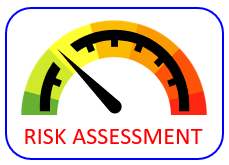 |
|
This video (3:25) does not mention rocket fuel but liquid hydrogen and liquid oxygen are still used in many rockets today and were used in many of the most famous space missions.

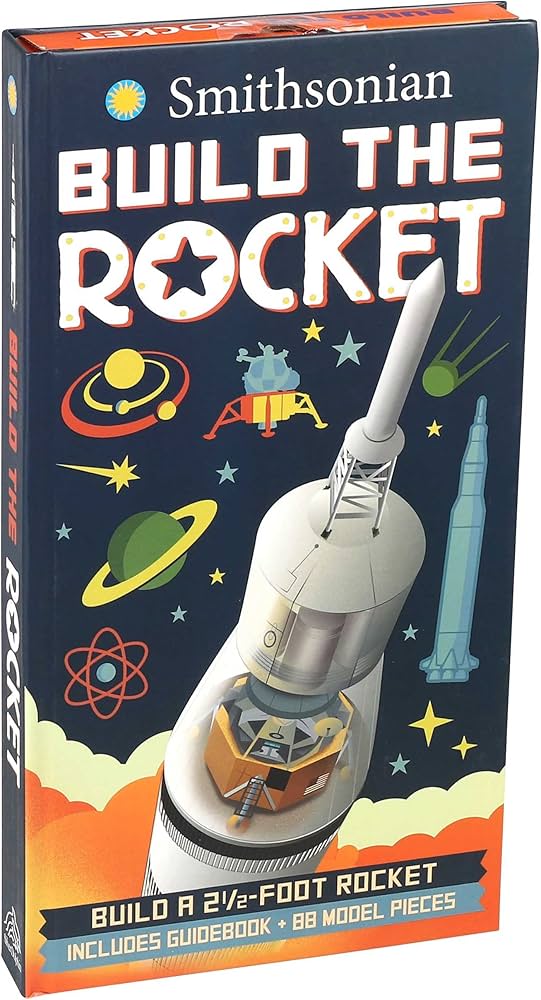
 |
|
Australian indigenous knowledge
The arrangement of these rocks on Wadawurrung country
mirrors the changing position of the setting Sun throughout the year.

How big is our universe?
The following video (7:05) by the BBC shows just how big
the universe is.
Elliptical orbits
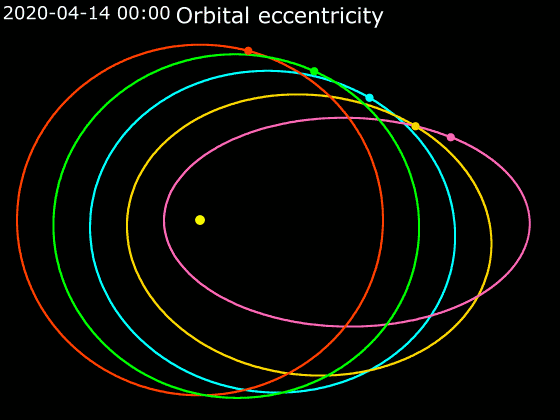
Drawing ellipses
Moderated self-assessment
Discussions with students around the key components of conceptual topics and how they fit together can generate insights into student achievement.
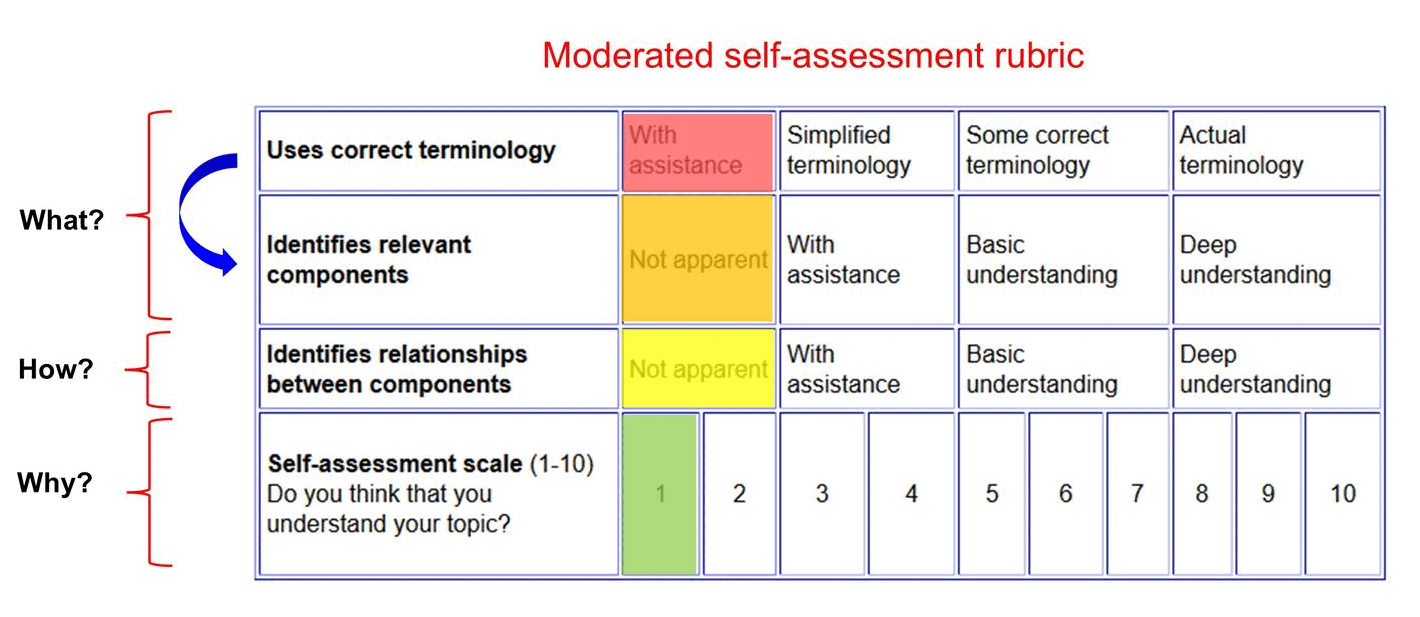

This work is licensed under a Creative Commons Attribution-NonCommercial-ShareAlike 4.0 International License.
Main menu